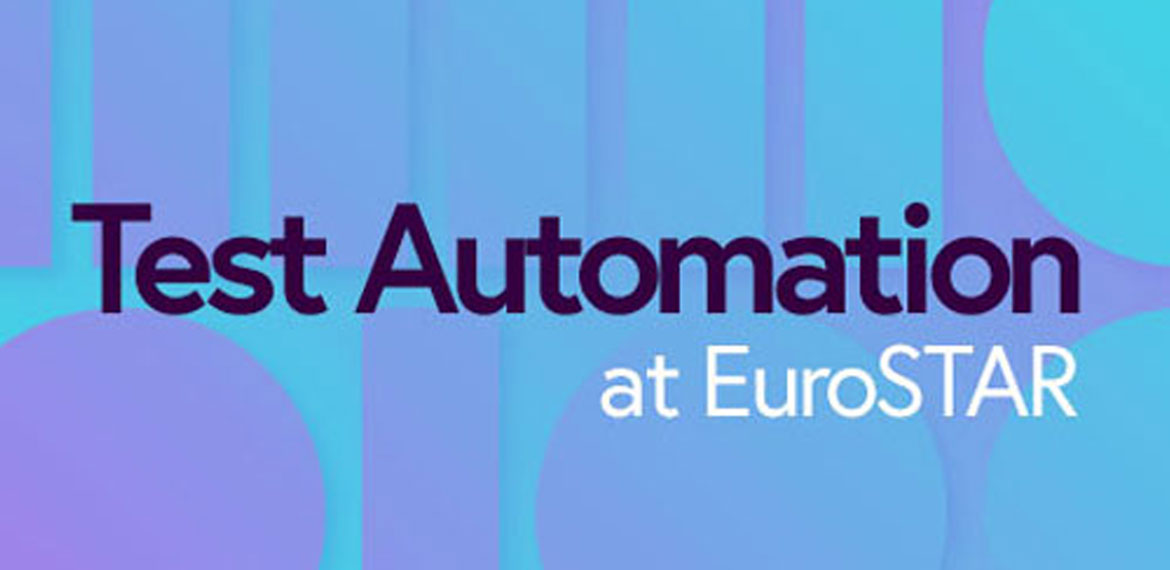
Test automation can help with testing efficiency and re-usability of test suites – and it’s here to stay. The good news: we’ve got lots of test automation sessions at EuroSTAR Online, from automation challenges to inclusivity to different concepts.
From Rags to Riches: Turning Your Test Automation Into a Cinderella Story | Niranjani Manoharan
In the era of DevOps and continuous deployment, more and more organisations are demanding a move from lengthy release cycles to shorter deployments – occurring weekly and sometimes even daily. To accomplish this, test automation is now an integral piece of the continuous integration pipeline. In the past, teams treated test automation as a side project but now, test automation is now the “belle of the ball”.
So, how does this change how we develop test automation? Niranjani will share her experiences driving test automation from rags to riches at companies such as Lyft and Pinterest. She’ll discuss the practices of building a team and culture to support test automation, as well as failures and mishaps that they endured.
She’ll also share the lessons learned of how to prepare tests and infrastructure for this new and richer lifestyle of being a part of CI/CD.
Key Takeaways:
- Best design patterns to adhere to while developing a test framework
- Case Study with challenges and solutions based on my experience
- How to go about inducing a testing culture at startups
Surviving and Thriving in the Automation Jungle | Martin Gijsen
The automation journey is often perceived as complicated and dangerous: So many things that can go wrong. So many automation pyramids and tools. So many choices and probably more that we are not even aware of yet. In order to help avoid (most of) the danger, the PUPPET approach to automation in testing divides it into 5 clearly defined areas: People, Product, Process, Execution, Technology
Martin details these areas in his talks, in context to his personal experiences in automation. Clearly defining the areas not only provides a map through the ‘jungle’, it also identifies automation opportunities for testers.
Key Takeaways:
- Automation is no longer a jungle but consists of 5 clearly defined areas that all make sense.
- Always consider the context and fit the automation approach to your situation for each of the areas, as pointed out in the talk.
- There are various roles for testers relating to automation, not all of them requiring programming. Try (some of) them and boost your value as a tester!
RisingSTAR Talk: Inclusive Automation | Brendan Connolly
The RisingSTAR Award is designed to stimulate innovation in the software testing and quality assurance industry. It was created to encourage the development of new ideas, support the growth of the community through mentorship and bring new innovators to the fore.
Brendan Connolly was the winner of the 2019 RisingSTAR Award with his idea of Inclusive Automation. Brendan wants to foster, support and promote automation that integrates exploration, collaboration, monitoring/observabilty, reporting and ultimately the human tester into a holistic solution to help teams succeed in the agile/devops world.
During his talk at EuroSTAR 2020 Online, Brendan will present his idea and his progress throughout the year.
The 2020 RisingSTAR Award is now open for entry. If you have a great new testing idea, or know of a colleague that does, why not submit your entry for this year’s award.
Progressing Beyond Continuous Delivery | Joost van Wollingen
Companies are looking for ways to roll out new software even faster to meet consumer expectations, but they also need to manage the risk of exposing their customers to software that is broken.
Continuous delivery fixed the technical hurdles to ship artifacts more quickly to production. So, how do we avoid low-quality software for our users?
Front runners in this field, that already have continuous delivery in place, have turned to observability, traffic management, and user segmentation. An emerging term for these practices is Progressive Delivery: continuous delivery with fine-grained control over the blast radius.”
This talk explore the four pillars of progressive delivery: automation, observability, traffic management, and user segmentation.
Key Takeaways:
- Introduction to the concept of Progressive Delivery and why you’d want to apply it
- Learn about the pillars of Progressive Delivery: Automation, Observability, Traffic Management and User Segmentation
- Next steps to take if you want to get started with Progressive Delivery tomorrow
The Importance of Building in Accessibility from the Start | Kristoffer Nordström
Accessibility is often seen as something expensive; a necessary evil when building software.
This talk flips this theory on its head, and shows just how relatively easy it is building accessibility into our products
Kristoffer will illustrate what testing you can do in a manual way, and which accessibility checking you can do in an automated fashion using the free tools that are available, such as html-validate.
He also highlights the different benefits that comes out of this work if we do it from the start – not only for users, but your business. It’s much less expensive to do it this way, rather than being forced to do it before the release.
Key Takeaways:
- Accessibility testing is not scary
- It’s possible to automate some of the accessibility testing
- Building in accessibility from the start leads to a better product
More EuroSTAR Online resources: